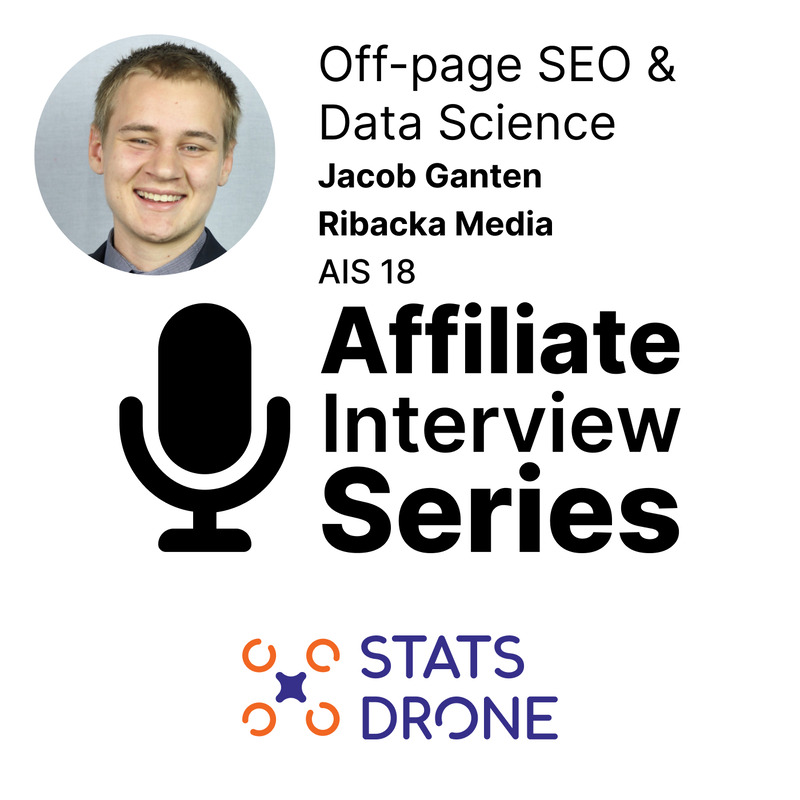32 affiliate marketing glossary terms
A Comprehensive Glossary Of Affiliate Marketing Terms
If you are new to affiliate marketing, you must have encountered some terms used in the affiliate industry. You must know what these terms mean because it will help you know the best strategy to work with. To help you learn fast, we have broken down these affiliate marketing terms in the simplest form you can understand. Below is the comprehensive glossary of affiliate marketing terms. Read and enjoy!
Cost Per Action (CPA)
CPA is a marketing strategy between the advertiser and the affiliate. It refers to the total amount an affiliate earns when a customer downloads, signs up, purchases, or fills out a form.
Cost Per Sale (CPC)
In this marketing strategy, the affiliate gets a commission for every completed sale through their links. For the affiliate to earn, the customer must click and buy from their affiliate link. So, CPC is usually Pay Per Sale for the affiliate.
Cost Per Lead (CPL)
CPL is the commission an affiliate earns for each lead they generate. The advertiser is not looking to create sales here. They are looking to generate more leads for the business. These leads can be from form submissions, free downloads, or when customers sign up for a newsletter.
CPM Cost Per Mile (CPM)
CPM is a model where affiliates get paid by the number of views/impressions they get, usually a thousand times. Here, the merchant pays a fixed amount to the affiliate after showing the ad thousands of times. It's a win-win situation for the affiliate because they will still be paid whether the visitor clicks the ad or if they don't.
Affiliate Links
An affiliate link is a unique link given to an affiliate partner, which allows them to earn a commission promoting a product/service. If a customer clicks on the link and makes a purchase, the affiliate who owns the link gets a commission for the sale. The link carries the ID and username of the affiliate for easy attribution.
Affiliate
An affiliate, also known as a publisher, is someone who helps a merchant to promote their product or services. The affiliate looks for products and services that interest them, markets them, and gets a commission for each sale.
Affiliate Network
An affiliate network is a platform that connects the publisher (affiliate) with brands. With this network, Brands can easily find affiliates to promote their products/services. Merchants can put out their affiliate programs, and affiliates can find programs they enjoy and wish to market.
Click Through Rate (CTR)
Click-through rate is a term used to describe the ratio of visitors who clicked on your affiliate links to the total number of visitors who viewed the link. CTR helps affiliates to measure the success rate of their marketing campaigns and how well their ads are performing.
Cookies
A cookie is a piece of data the website puts on a customer's computer that has clicked on the affiliate links. It tracks any purchase the customer makes, which enables the affiliate network to attribute the commission to the right person.
Conversion Rate
Conversion rate refers to the percentage of visitors your campaign has been able to change to customers. This can be seen in sales, leads, registrations, clicks, etc.
Conversion Rate Optimization
Conversion Rate Optimization is a strategy that an affiliate can use to increase the number of visitors they can turn to customers. Implementing strategies like understanding the target audience, credibility, creating a more customer experience, etc., can help boost the conversion rate. Using CRO strategy, they can drive more traffic, get new leads, and ultimately more sales.
Niche
A niche refers to a specific topic, audience, or area of interest an affiliate focuses on to promote products/services. They market the products from that particular niche to interested buyers and get a commission for every sale.
Pixel
A pixel is a tracking tool that affiliates can use to track their conversions. To use this pixel code, they can take the pixel code and put it in their affiliate network.
Ad Blockers
Ad Blockers are used to block specific advertising content on a website that might seem malicious or distracting to the user on a website. If the ad blocker is enabled, the affiliate's ads will not be visible to visitors on the site. This reduces the possibility of customers seeing it and making a purchase.
Affiliate Program
An affiliate program is a marketing strategy where a merchant (company) pays a third-party publisher to promote their goods/services. The publisher (affiliate) earns a percentage from the company for every product they sell.
API
API meaning Application Program Interface is an interface different programs use to communicate with each other. API makes it easy for websites and apps to transfer information with each other and other operating systems.
Postbacks
Postbacks are what partners use to track affiliate sales. They allow the affiliate to see all the clicks and successful conversions from their platform.
Dynamic Variable Tracking Link
It is a crucial tool for tracking activities like where your ads appear, website traffic, and conversions. affiliates can see the number of clicks their dynamic links get and track their investments.
Revenue Share
In Revenue sharing, the company pays the publisher a predefined percentage for bringing in new customers. As long as the customers continue to pay, the company keeps paying the publisher.
Earnings Per Click (EPC)
It refers to the commission an affiliate gets when a visitor purchases from the merchant's website using their advert. EPC is an essential metric that an affiliate can use to monitor their campaign to know how it is performing and if they are making profits.
Last Click
The last-click model rewards only the last affiliate to place the most recent impressions before purchase. This method does not favor affiliates who set impressions earlier, as they get nothing. However, affiliates who use the cashback and coupon code style will get 100% of the commission as long as a purchase is made with their coupon code.
Affiliate Dashboard
An affiliate dashboard is a platform where affiliates can aggregate all affiliate data in one dashboard. They can view and monitor their campaigns, leads, landing pages, sales, payments, etc., in one sophisticated affiliate dashboard. Some examples of such dashboards include StatsDrone, Nifty Stats, Voonix, and Looker Studio (formerly Google Data Studio).
Referral Fee
A referral fee is a merchant's commission to the affiliates for connecting their business with new customers. The fees vary depending on the company and can be 5%, 10%, 25% etc.
S2S Tracking
Server-to-Server tracking (S2S) is a conversion method publishers use to track conversions rather than using tracking scripts on your browser. S2S makes it easy to monitor app install campaigns and their performance which helps you optimize your app install demand.
Sub affiliate
A sub-affiliate network provides a platform where brands and Sub-affiliates, like bloggers, influencers, content creators, etc, can meet. The Sub-affiliate joins a company's affiliate program and gets all the marketing details and information from the brand. The Sub-affiliate then gives all these details to the affiliates on their network so they can effectively promote the brand.
Advertiser
The advertiser is the owner of the product or services that an affiliate is promoting through affiliate marketing. The advertiser aims to generate more leads and increase sales, and affiliates can help them do that.
Affiliate Manager
An affiliate manager manages all the affiliates connected to a network. In some networks, each affiliate is assigned a dedicated manager to help their growth process, guide them through, and teach them how to increase their commissions.
Banner
A banner is an advertising image used to promote a product or service. Banner ads work well in affiliate marketing, where an affiliate displays the banner ad on their website or social media posts. If the banner ads make any sales, the affiliate gets a commission.
Campaign
A campaign is an asset that contains affiliate links to products and services. If any customer buys a product through the link, the campaign owner gets a commission for advertising the product.
Tracking
Tracking in affiliate marketing usually involves tracking software to monitor every activity on the page. It tracks visitor movements, clicks, sales, and conversions. With this, the merchant knows how their affiliates are performing.
Flat Fee
The flat fee is a specific amount set aside that the merchant pays the publisher for selling a product. For example, if the flat fee commission is $10, if the publisher sells a product for $8, they still get a $10 commission. A publisher will gain more with this strategy if the product is in high demand and has a high conversion rate.
Link Redirect
The publisher might want to redirect traffic to another site, and this is where link redirect comes in. They are ad tools such as pretty links that, when a visitor clicks on them, lead them to a different webpage. The URL of the new website is placed under the redirect link, and once the visitor clicks the link, it moves to the new page.

